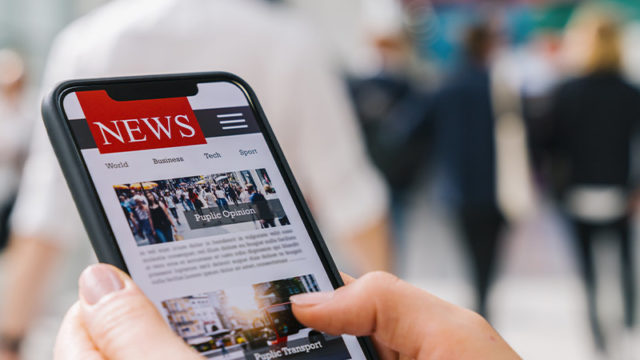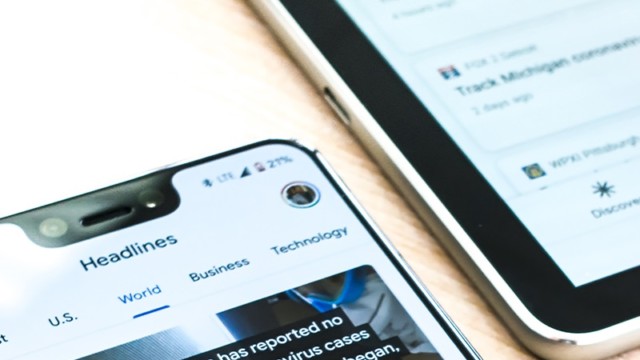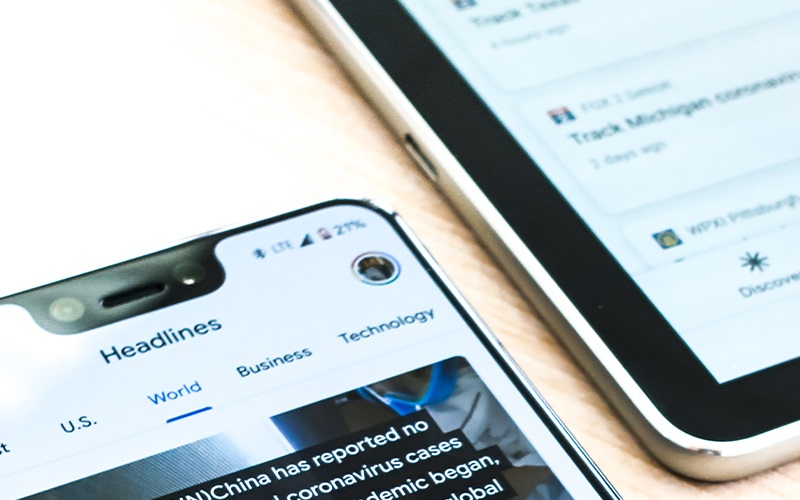Logistics Viewpoints: Mastering Profitable Omni-Channel Logistics, Despite Disruptions
This contributed story by Terence Leung, Senior Marketing Director with Blue Yonder, originally appeared in Logistics Viewpoints on Feb. 8, 2022. Excerpts from the story below. To see the full story LogisticsViewpoints.com.
If 2020 and if 2021 proved anything, it’s that the omni-channel selling environment is here to stay. As physical stores opened, shut down and re-opened again, consumers became more flexible in the way they shop for, and purchase, just about every product. Consumers have gotten used to the convenience and ease of online shopping, home delivery, curbside pickup, buy online/pick up in-store and other alternatives to the traditional in-store shopping experience.
According to a recent article in Forbes, 48% of consumers today prefer a hybrid shopping model that combines online and in-store components. For example, they might browse products online, but visit a brick-and-mortar store to finalize their selection. This new behavior means that manufacturers and retailers need to anticipate consumer needs across channels with more accuracy than ever. They need to deliver the right product to the right location at the right time, flawlessly, to fulfill ever-more volatile demand patterns and shopping behaviors.
In The News
- Data Cloud Podcast: Building the World’s Largest Supply Chain Data Cloud with Duncan Angove, CEO at Blue Yonder

- Forbes: We’ll Never Fully Trust Artificial Intelligence With Our Businesses — And That’s Okay

- Automotive Industries: Blue Yonder accelerates automotive innovation with strategic flexis acquisition for supply chain transformation

- eCom Logistics Podcast: Modern Logistics Challenges: Strategies from Blue Yonder’s Ann Marie Jonkman at Modex 2024

- Logistics Viewpoints: How Can Your Supply Chain Become Even More Resilient?

Analyst Reports
- IDC ProductScape: Worldwide Warehouse Management Systems, 2024

- IDC’s Worldwide Retail Industry Spending Guide Taxonomy, 2024

- Gartner Critical Capabilities for Transportation Management Systems, 2024

- Gartner Magic Quadrant™ for Transportation Management Systems, 2024

- IDC Market Glance: European Supply Chain Planning, 1Q24

Media Relations Inquiries
Marina Renneke, APR
Global Corporate Communications Senior Director
Rossella Benti
EMEA Corporate Communications Director
Meredith Mackintosh
NA Corporate Communications Manager
mediarelationsteam@blueyonder.com
480-308-3037
Analyst Relations Inquiries
Celeste White
Vice President, Global Analyst Relations
Sarah Hart
Program Director, Global Analyst Relations
Lindsey Hiefield
Program Manager, Global Analyst Relations
analyst.relations@blueyonder.com

